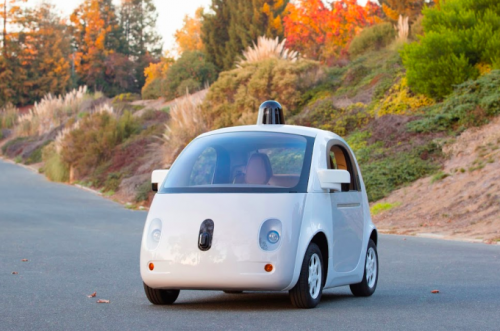Most drivers still want to retain at least some control of automated cars

Despite greater coverage of driverless technology advancements the past couple of years, most Americans still prefer to drive themselves—at least partially, say University of Michigan researchers.
In a follow-up to a report issued last year, Brandon Schoettle and Michael Sivak of the U-M Transportation Research Institute examined motorists' current preferences for vehicle automation, including their overall concern about riding in self-driving cars.
They found that about 46 percent prefer to retain full control while driving, while nearly 39 percent prefer a partially self-driving vehicle with occasional control by the driver. Just under 16 percent would rather ride in a completely self-driving vehicle.
About two-thirds of the 618 survey respondents said they are moderately or very concerned about riding in a completely self-driving vehicle, while about half have the same levels of concern regarding partially self-driving vehicles.
In both cases with driver preferences and concerns, the percentages are largely unchanged from last year.
"Overall public opinion has been remarkably consistent over the two years that this survey has been conducted, despite the increased media coverage of self-driving vehicles," Schoettle said. "Furthermore, questions such as preferred destination input method or diver intervention notification method showed the same patterns in both the order and magnitude of preferences as the previous survey."
According to the U-M report, nearly all respondents (95 percent) want to have a steering wheel and gas and brake pedals available to control completely self-driving vehicles when desired. The most preferred method for inputting a route or destination is the use of touchscreens (38 percent) followed closely by voice commands (36 percent).
As for partially self-driving vehicles, 59 percent of those surveyed said they prefer a combination of sound, vibration and visual warnings to notify drivers when it is necessary to take control of the vehicle.
Schoettle and Sivak defined the three levels of automation as:
- Completely self-driving: The vehicle will control all safety-critical functions, even allowing the vehicle to travel without a passenger if required.
- Partially self-driving: The driver will be able to hand over control of all safety-critical functions to the vehicle; only occasional control by the driver will be required.
- No self-driving: The driver will always be in complete control of all safety functions, but the driver will be assisted with various advanced technologies.
Provided by University of Michigan

















